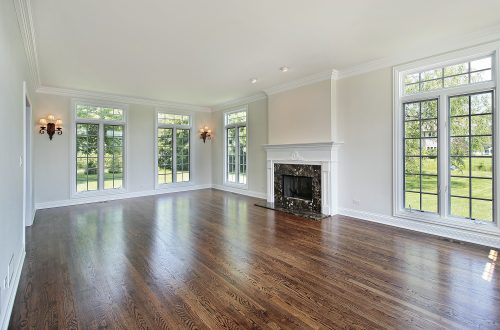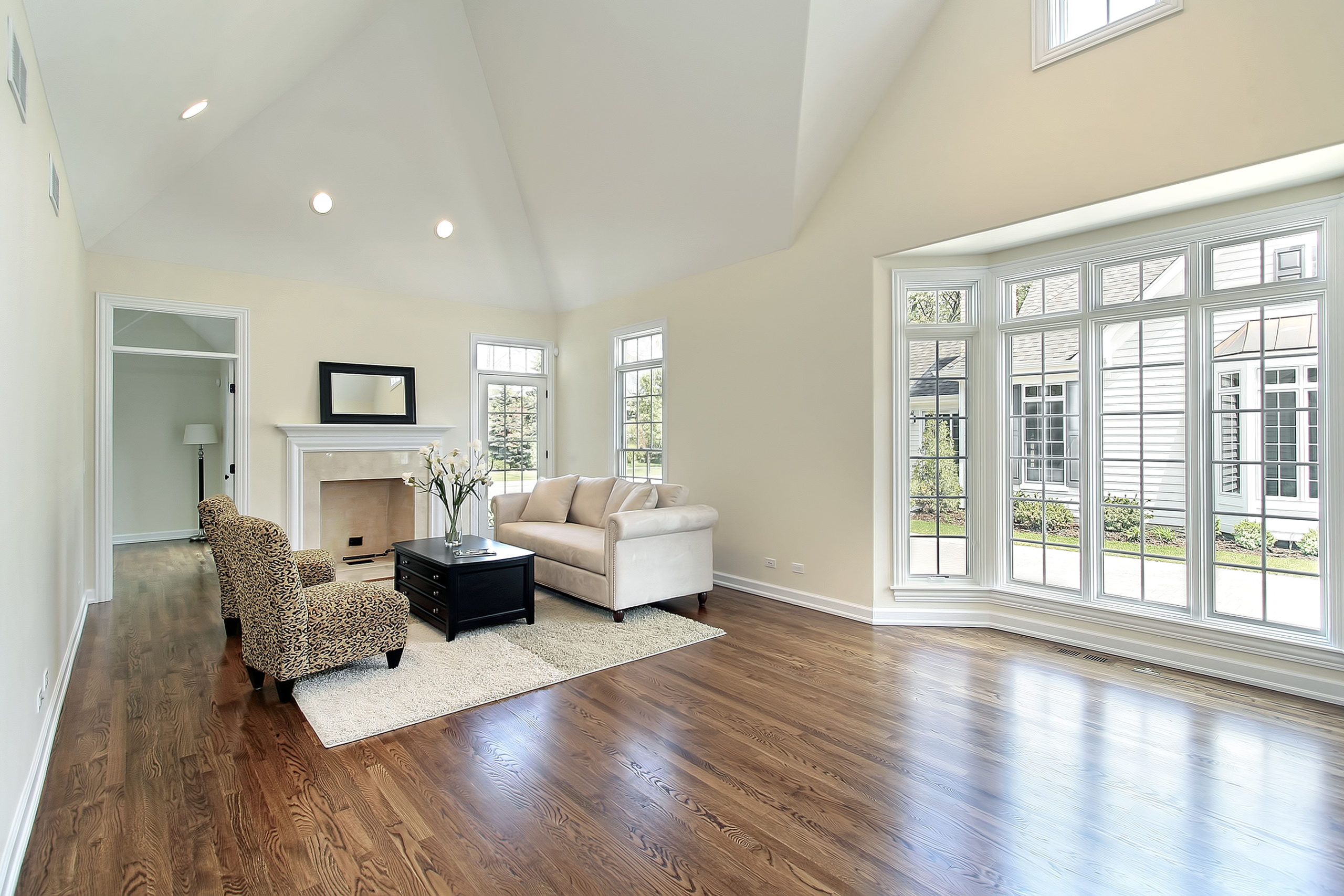-
“Water-popping-What it is, and why it should be considered.”
We found that water popping hardwood is a technique that many flooring companies and finishers simply don’t use when finishing hardwood floors. It’s one of the reasons why we stand out from the rest. We don’t consider water-popping to be an “additional step,” we consider it a “necessary” one, when staining is involved. Staining and finishing any type of hardwood is a process that requires a lot of TLC, to say the least. Our experts take great care when performing each and every step of the finishing process. From the first pass of our sanding equipment, to the final coat of poly, our wood floor finishers focus on every last…
-
American Cherry Hardwood vs Brazilian Cherry Hardwood
While most homeowners have probably heard of “cherry hardwood flooring,” what they may not know is that there are two main species to choose from, and the thing they have in common the most is their name. With two wood species, named “Cherry;” You may be wondering, “How different can they be?” The answer: Completely. Genus, Species and Name We’ll start with their names – Our first species is the domestic “American Cherry,” also known as “Black cherry, “its scientific name is “Prunus serotine.” The second cherry wood is the exotic species “Brazilian cherry,” also known as “Jatoba,” whose scientific name is “Hymenaea courbaril.” Even though they are both named…
-
Brazilian Cherry, Jatoba
JANKA HARDNESS – 2,600 – 2800 ORIGIN – Brazil, Mexico & Peru COMMON NAMES – Brazilian Cherry, Jatoba SCIENTIFIC NAME – Hymenaea courbaril Characteristics For a number of years, Brazilian Cherry flooring was considered one of the most high-end floors that could be installed in your home. The deep, rich red tones, natural luster and clean, delicate grain pattern made it obvious that it belonged under the category of “high end.” Although the popularity of Brazilian Cherry has declined in the more recent years, mainly due to new advances in stain colors, like all the trendy grey we’ve seen in the past few years, its high-end stature remains the same. For those who…
-
Tiete Rosewood
Common names- Bolivian Rosewood, Patagonian Cherry, Sirari Scientific name- Guibourtia hymenaeifolia (syn. G. chodatiana) Origin – South America, Venezuela, Brazil, French Guyana Janka – 2790 – 3280 There are many different hardwood species that are classified as “Rosewoods,” and similar to a rose flower, they each hold their own special and unique beauty. Tiete Rosewood is not actually a true Rosewood, which are from the “Dalbergia” genus. It’s named as a Rosewood, typically for its color, having a pinkish-brown hue and turning into a deeper red with age. Appearance – Tiete Rosewood flooring in a clear grade has a clean and clear appearance and overall color tone. There isn’t a…
-
Zebrawood
Scientific Name – Microberlinia brazzavillensis Common Names – African Zebrawood, Zebrano Grown – West Coast of Africa Janka rating – 1575 Continuing in our exotic species series, this week we’re discussing Zebrawood. This rare and remarkable hardwood is unlike any other. Zebrawood is named after its appearance, looking similar to the stripes on a Zebra when cut quartersawn. It has incredibly distinct striping that is completely natural, and only something that mother nature could have conjured up. The sapwood is a pale creamy yellow, while the striping is a highly contrasting dark brown, and darkens over time. Zebrawood definitely isn’t for everyone; it is a truly special hardwood that…
-
How Your Homes Environment Effects Your Hardwood Floors
How your home environment can and will affect your hardwood floors- Having a regulated indoor temperature is of the utmost importance when caring for your hardwood floors. Regulating your homes climate should be part of your everyday floor care and maintenance routine. Many people do not realize how the heat, humidity and cold impact their hardwood floors; (specifically, a drastic incline or decline of temperature and/or humidity). Even though hardwood flooring is made from a dead tree, in essence, it reacts to its climate as though it were “alive.” When hot and humid, hardwood planks retain the humidity/moisture in the air, causing them to expand. When the humidity is low…


